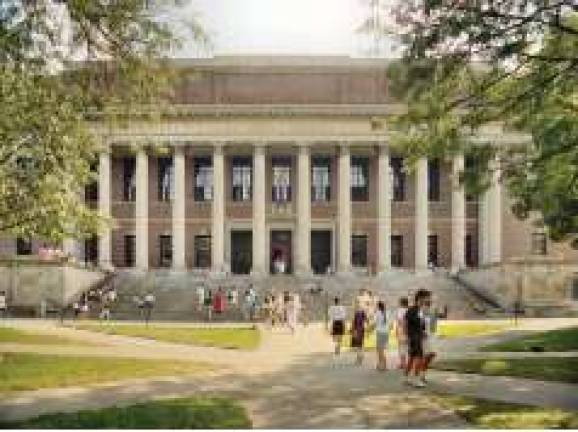Applying Early to College Pays Off

By David Stoll The story this month seems to be that it is harder than ever to gain admission to a selective college. Harvard, for example, admitted just 5.9 percent of its 34,302 applicants this spring, down from 6.2 percent last year. However, this trend should be viewed in a larger perspective-one that suggests that applying early remains an important part of the admissions process. The Harvard story is instructive. Harvard reinstated early admissions, in the form of nonbinding early action, this year. A full 772 students-18 percent of early applicants-were offered early admission, a number representing nearly half the size of the entering class. Harvard naturally assumed that the yield (the percent who will eventually accept) would be high. Thus, fewer students were offered regular admission this year, making that larger pool even more competitive. Harvard is not alone. Princeton offered admission to 21 percent of its early applicants, who would fill more than half the class if they all accepted. The 15 percent accepted early by Yale would also fill more than half the class. The University of Chicago admitted over 18 percent of its early applicants; because Chicago's yield is lower than those of the Ivy Leagues (despite its stellar reputation), the school admitted more people early than it has freshman slots. Locally, Fordham admitted more than 45 percent of its applicants early, also admitting more students than there are slots. The early decision story is even more interesting. Applying early decision involves a binding promise to attend the school if accepted. Columbia University admitted more than 20 percent of its early applicants, filling 45 percent of its freshman class before most people had even submitted their applications. University of Pennsylvania admitted more than 25 percent of its early applicants, filling 47 percent of its freshman class. Duke, as competitive as the Ivy Leagues, admitted nearly 25 percent of early applicants, filling 38 percent of its class. Williams College admitted over 42 percent of applicants, representing 43 percent of its class. Locally, NYU admitted nearly 46 percent of early applicants, representing 29 percent of the class. What do these numbers mean? Applying early decision is wise for a competitive student who has a clear first choice and for whom financial aid is not an issue. For such a student, the odds of acceptance are higher, because the student is showing an interest, the school will accept a higher percentage of applicants and there will be fewer slots available for those applying regular decision. On the other hand, someone uncertain about attending a school should not apply early decision as a means of gaming the system; attending a good-fit school is well worth the wait. Applying early action is also wise, and financial aid need not be a consideration yet. While chances of admission are not quite as high at an early action school as at an equivalently selective early decision school, the odds for a competitive student are still are better than they would be in April. Do note that some early action schools, including Harvard, Princeton and Yale, will not permit early applicants to apply early to other schools. Thus, it may be better to apply to other schools early to allow for more possible options. David Stoll is a premier tutor and college admissions counselor at The Princeton Review.